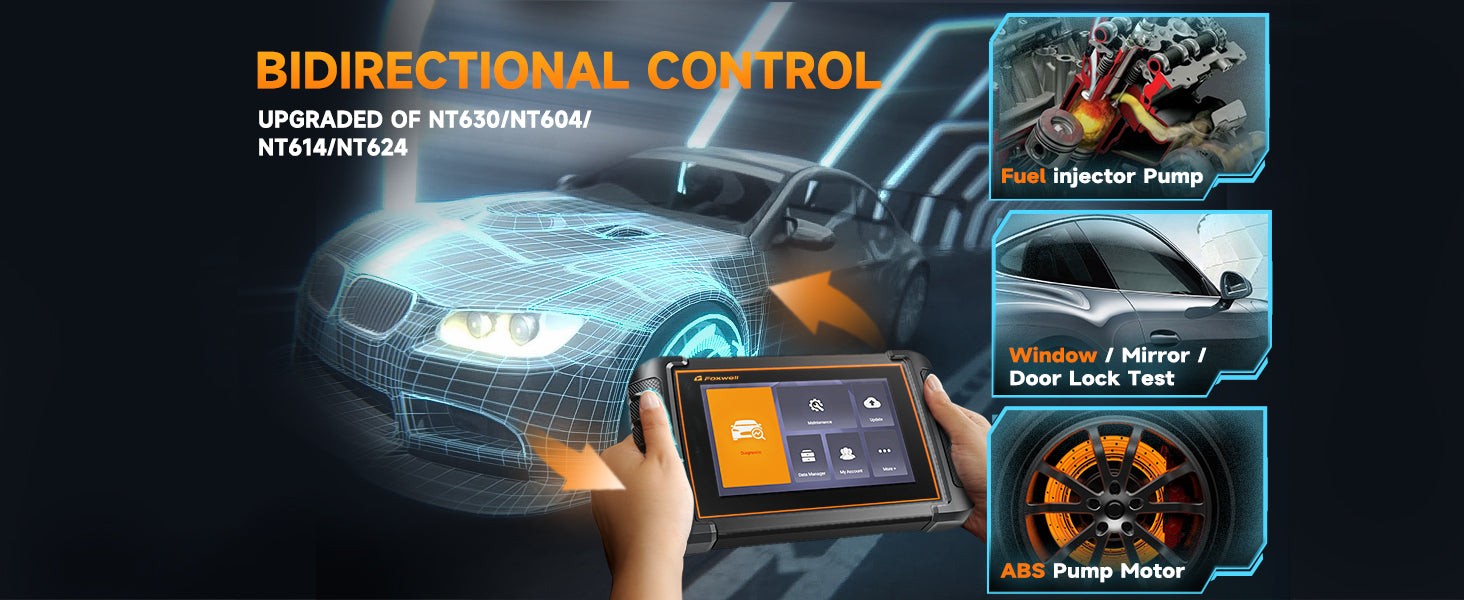Tire Pressure Monitoring Systems (TPMS) are crucial for vehicle safety and efficiency. When a tire pressure sensor triggers a warning light, understanding how to reset the system is essential. This guide explores the relationship between OBD2 scanners and TPMS, outlining how to perform an Obd2 Tpms Reset. We’ll delve into the capabilities of standard OBD2 scanners, the need for specialized TPMS reset tools, and key features to look for when choosing a TPMS reset tool.
Understanding TPMS and its Role in Vehicle Safety
TPMS continuously monitors tire pressure, alerting the driver to underinflation via a dashboard warning light. Maintaining correct tire pressure is vital for:
- Enhanced Safety: Properly inflated tires improve vehicle handling, braking, and stability, reducing the risk of accidents. Underinflated tires can overheat, increasing the likelihood of a blowout.
- Improved Fuel Economy: Underinflation increases rolling resistance, forcing the engine to work harder and consume more fuel. Correct tire pressure optimizes fuel efficiency.
- Extended Tire Lifespan: Underinflated tires wear unevenly and prematurely. Maintaining proper pressure extends tire life and saves money.
OBD2 Scanners and TPMS: Basic Capabilities
Standard OBD2 scanners excel at diagnosing engine and emission system problems. They can read and clear diagnostic trouble codes (DTCs) related to these systems. While some OBD2 scanners might offer limited access to TPMS data, they generally lack the functionality to perform an OBD2 TPMS reset. This is because:
- Manufacturer-Specific Protocols: TPMS often utilizes proprietary communication protocols that vary between vehicle manufacturers. Generic OBD2 scanners are not equipped to interpret these specific codes.
- Limited TPMS Functionality: Standard OBD2 scanners primarily focus on engine diagnostics. Their TPMS capabilities are usually restricted to reading basic tire pressure data, if available at all.
Why a Specialized TPMS Reset Tool is Often Necessary
Resetting a TPMS typically involves more than just clearing codes. It might require relearning sensor IDs, reconfiguring the system after tire rotation, or programming new sensors. Specialized TPMS reset tools are designed for these tasks, offering:
- Manufacturer-Specific Compatibility: These tools incorporate the necessary protocols to communicate with a wide range of vehicle makes and models.
- Advanced TPMS Functions: They enable sensor activation, programming, relearning, and system reset procedures specific to different TPMS.
- Comprehensive Diagnostics: Specialized tools provide detailed sensor information, including pressure, temperature, battery status, and ID, facilitating accurate diagnosis and troubleshooting.
Choosing the Right TPMS Reset Tool: Key Features
When selecting a TPMS reset tool, consider the following features:
- Wide Vehicle Coverage: Ensure compatibility with the makes and models you work with.
- Sensor Programming and Relearn Capabilities: Verify the tool can program new sensors and perform relearn procedures.
- Ease of Use: Look for an intuitive interface and clear instructions.
- Live Data Display: Real-time sensor data provides valuable insights for diagnostics.
- Regular Updates: Choose a tool with regular software updates to maintain compatibility with new vehicles and TPMS technologies.
Foxwell TPMS Reset Tools: NT310 and NT530
Foxwell offers dedicated TPMS tools like the NT310 and multi-system scanners like the NT530, both capable of performing OBD2 TPMS resets.
-
Foxwell NT310: A dedicated TPMS tool designed for triggering, programming, and relearning TPMS sensors. Its user-friendly interface makes it ideal for both DIYers and professionals.
-
Foxwell NT530: A comprehensive diagnostic scanner with advanced TPMS functionality, including bi-directional control for testing TPMS components. It also offers extensive diagnostic capabilities for various vehicle systems beyond TPMS.
Conclusion
While a standard OBD2 scanner might provide limited TPMS information, a dedicated TPMS reset tool is often essential for comprehensive diagnostics and reset procedures. Understanding the capabilities of each tool and the key features to consider will help you choose the right solution for your needs, ensuring accurate TPMS maintenance and enhanced vehicle safety. Investing in a quality TPMS reset tool like the Foxwell NT310 or NT530 is a smart choice for anyone who values vehicle safety and efficiency.

